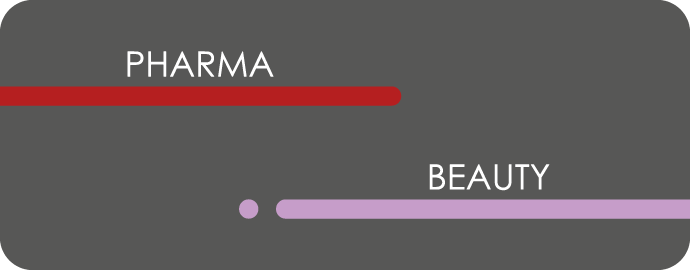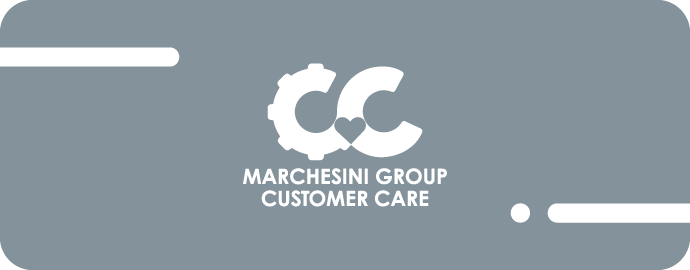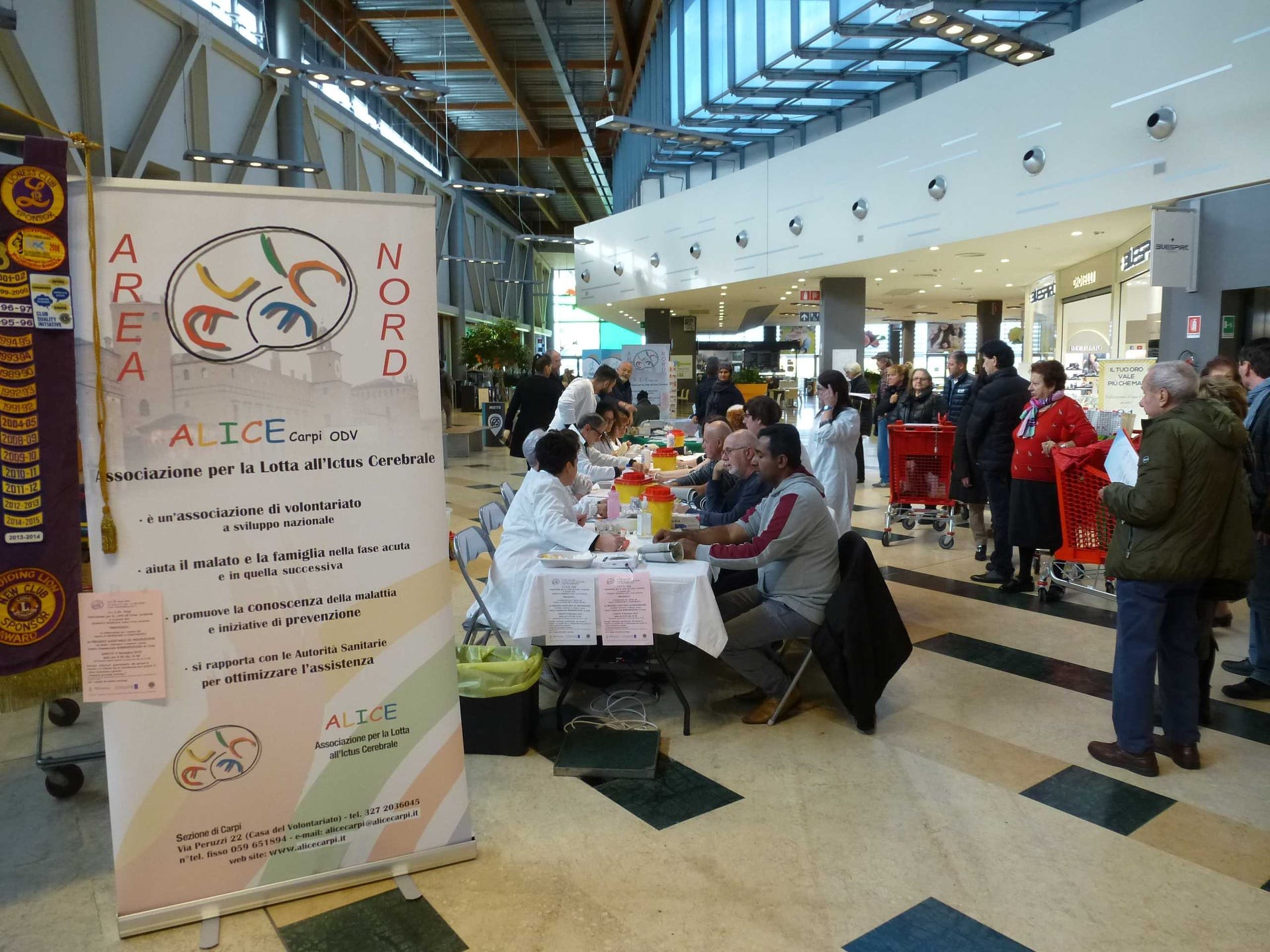Corporate




The project is addressed to persons affected by stroke, after the acute phase of hospitalisation, at the end of the rehabilitation process. The Modified Rankin Scale (MRS) is used to define the profile of stroke victims, with a score ≤ 3 identified as the access limit. Beneficiaries of the initiative are stroke victims who live alone, with a partner, or in a family, with problems of partial non self-sufficiency and at risk of solitude and social exclusion, and their families, who are experiencing situations of distress or who are seeking opportunities for discussion and information.
The project aims are:
• to educate in relation to a physically active lifestyle, to combat problems deriving from sedentary habits, and exploit the proven benefits of physical activity in terms of primary and secondary cerebrovascular pathologies;
• impart new skills in the management of physical activity by teaching specific exercises, to be applied also in daily life, for maintenance of a reasonable level of independence;
• educate in relation to a culture of prevention of domestic accidents, using examples of daily life by means of simple suggestions for environmental changes;
• educate in relation to health by increasing understanding of the disease;
• improve quality of life by reducing conditions of anxiety, especially those deriving from the illness and uncertainties in relation to outcomes;
• train patients and caregivers in routine strategies to reduce the risk of falls and of dysphagia;
• improve adherence to the treatment programme and lifestyle recommendations;
• improve user satisfaction in relation to assistance, with engagement concerning realistic expectations of care obtained from hospital outpatient facilities and primary care, minimising the perception of the reduction of the level of assistance at the time of discharge;
• facilitate meeting and socialisation events between stroke patients and their family members, encouraging the formation of self-help groups;
• identify and accept not only people discharged from the hospital and/or rehabilitation itinerary, but also those reporting previous stroke events in order to reduce the recurrence risk (secondary prevention);
• monitor, check and evaluate the project results by means of process and result indicators.